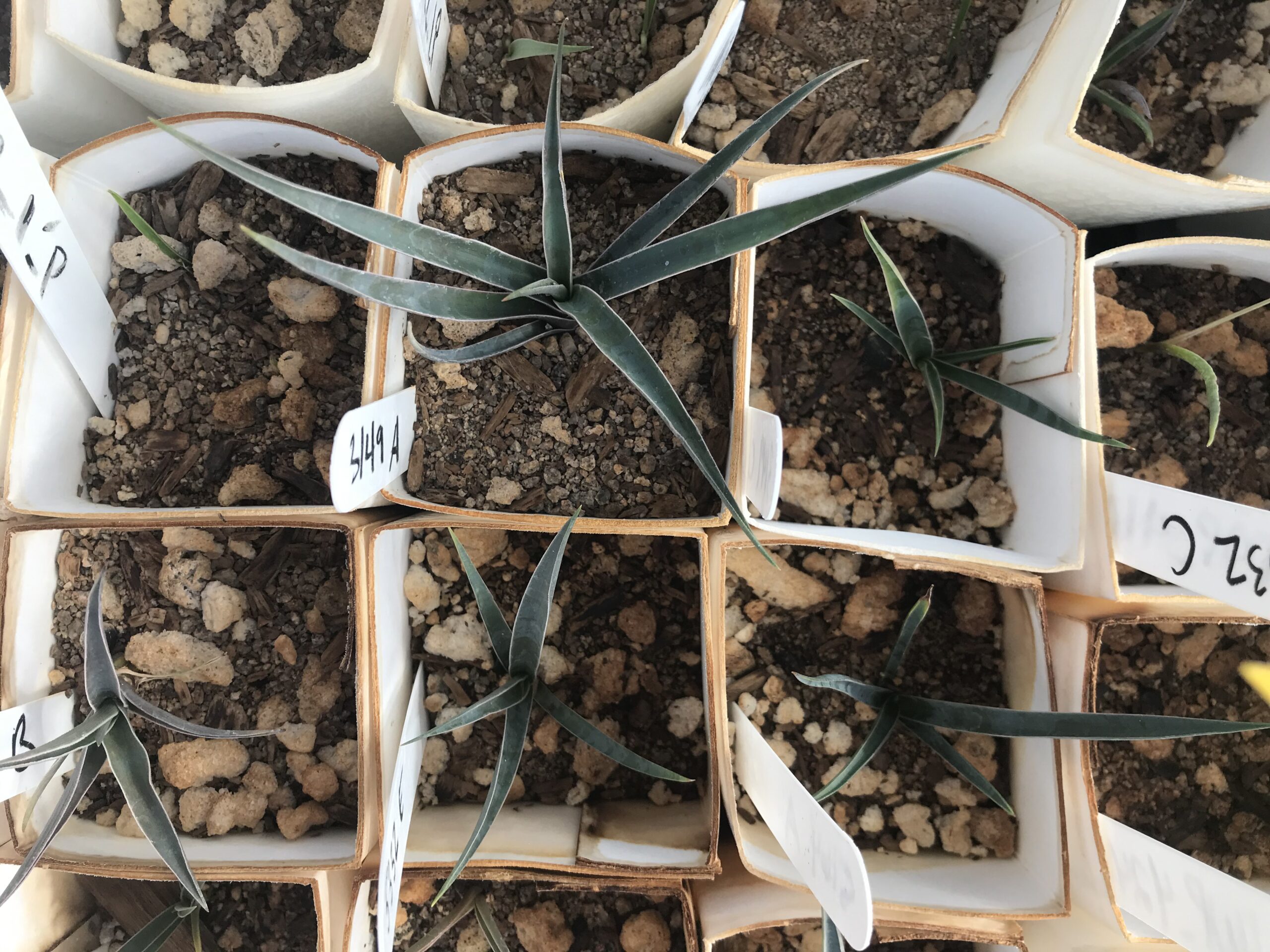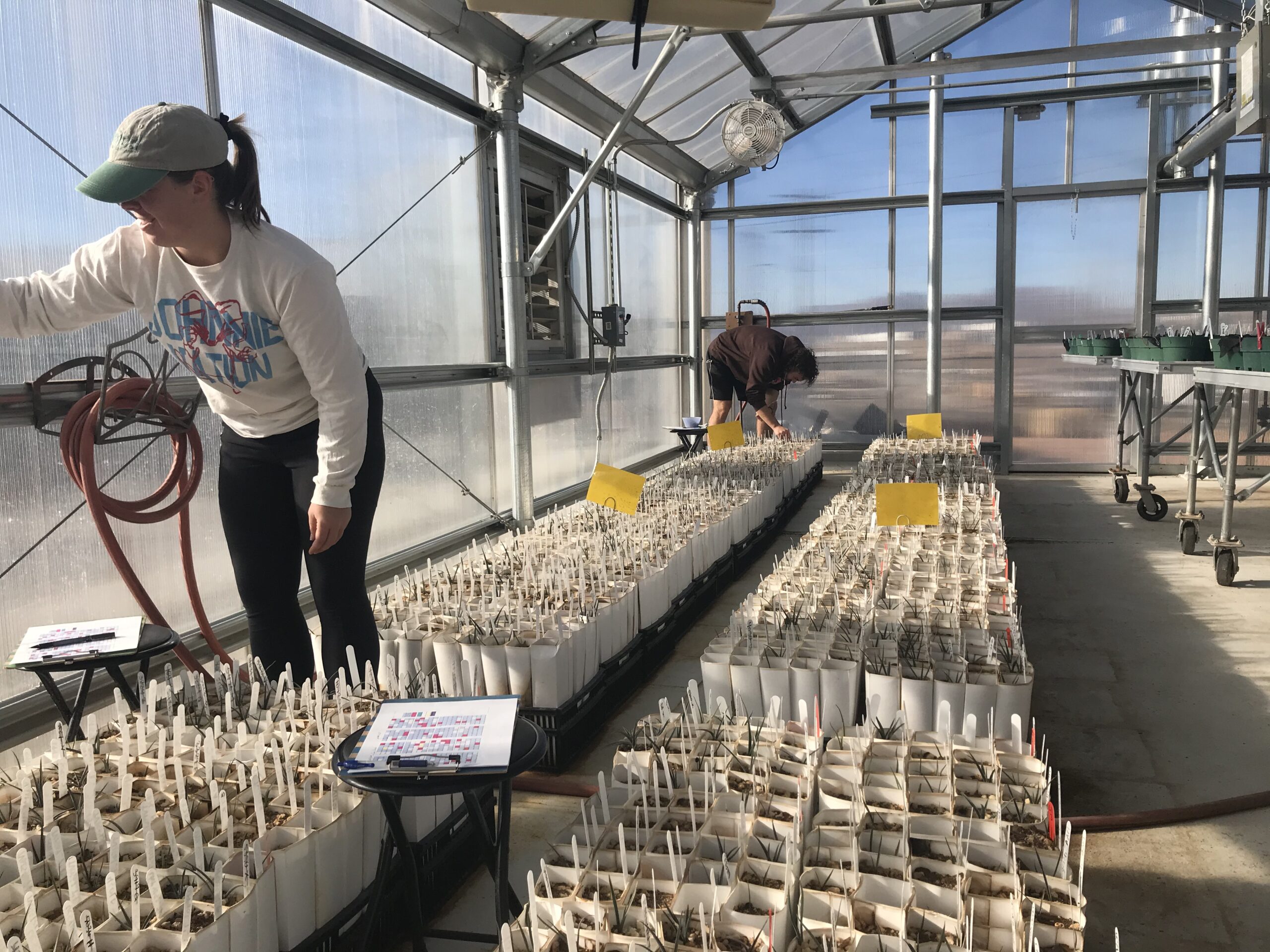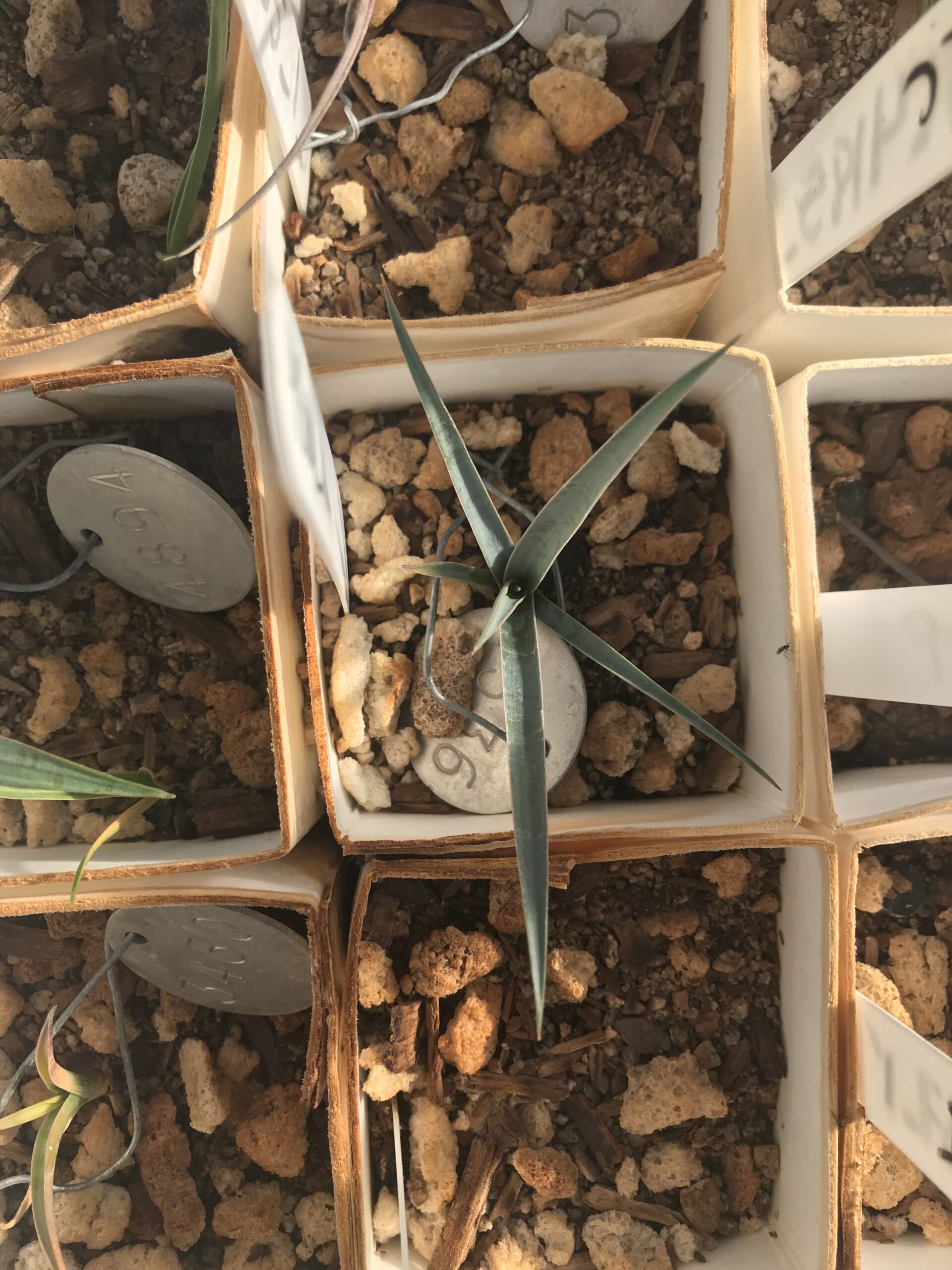
It is hard to believe that we are already halfway through December, which means we have one week left in Marlinton before we head home and work remotely until the new year. We have collected more than enough seeds from the available populations from our species list and are spending our final weeks here processing the last few buckets-full of American mountain ash, ironweed, Clematis virginiana, closed-bottle gentian and smooth alder. We may still go out collecting, but only for those seeds which persist into the winter and require minimal processing time: ironweed, staghorn sumac, C. virginiana. By the end of next week, we will have delivered all of our perennial woody plant seeds to Appalachian Headwaters where they will be stored and propagated over the next year. Our annuals will be stored here in Marlinton, since they can be cultivated in situ through wind dispersal and scattering.


We have collected thousands upon thousands of seeds during these past few months. It is quite amazing to see the totals: 14,000 seeds of alternate-leaf dogwood, over 15,000 seeds of closed-bottle gentian, and 15,000 of southern mountain cranberry. Even for species that were scantly populated (catberry, for instance) we’ve collected over a thousand seeds. Our repository will serve as a reservoir of plant life used to pioneer forest succession on strip mines in the Monongahela for years to come. In turn, the plants that grow from our seeds will impact this forest for centuries. Heck, millennia! Theoretically, the seeds we’ve collected will act as the first catalysts in the succession of an enduring red spruce forest. These plants can withstand young soils and grow in direct sunlight, and over the next decade they will morph the rocky restoration site into a haven of biodiversity. Birds and other pollinators will consume and disperse the second generation of seeds across the site, reallocating nutrients to the stripped, rocky soil and forming essential foundations for early-succession tree species. As large trees take hold in the newly rich soil, they will shade out the earliest pioneer species from our seed stock, forming an early-succession broadleaf forest. Eventually, red spruce will grow up in the shaded understory of this forest, transforming its soil composition into a deep humus layer filled with mycorrhizal fungi that push out early pioneer species and favor the dominance of late-succession coniferous tree species, and plants that can survive in the dark understory.
One must zoom out at least one hundred years to see how our daily efforts will endure. Three generations from now, visitors may come across Sharp’s Knob and walk upon a cushion of moss and knee-deep duff teeming with a root network of ectomycorrhizal fungi. Maybe they will breathe the cool, terpene-scented air found only in a copse of red spruce, their eyes comfortably shaded by the dense canopy above. Perhaps they, too, will collect fruits, but instead in the form of Vaccinium berries, mayapples, mushrooms, spruce cones. And on the way out, they’re bound to drop a few on the ground, dispersing the next generation of forest flora.
And the cycle continues…




